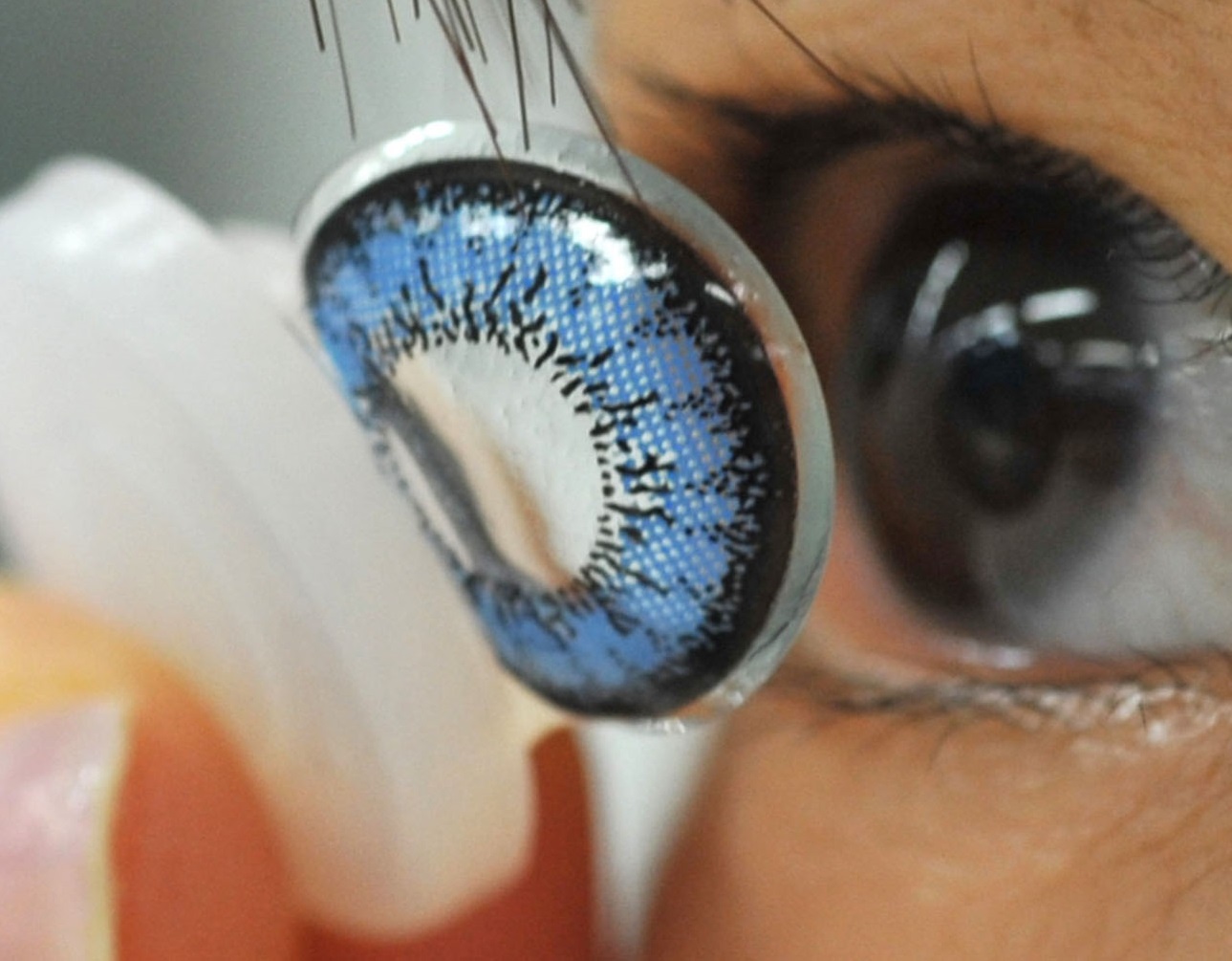
Soft contact lenses have proved to work fine in altitudes as high as 19000ft/ above 600 meters with little management. However, people may feel discomfort wearing soft contacts at heights due to dry eye condition. Dry eye syndrome is a medical scenario where eyes do not produce enough tears to lubricate the surface of the eye. This, unfortunately reduces contact lens tolerance as tears are considered a primary need for swift floating of contacts on the front of the eye. Contact lenses, yet stay handier than glasses due to innumerable benefits they ensure during trekking & mountaineering.
Managing Contact Lenses at High Altitudes
Though experts suggest carrying a spare pair of glasses in case you meet an emergency; there are fair chances you will end up breaking them no matter what. If you are leaving trekking for a week, carry along some weekly disposable contact lenses or daily disposables for sensitive eyes. Contact lenses can get frozen at high altitudes, therefore you must keep them close to your body to prevent them from freezing. If you prefer extended wear contact lenses, you can fearlessly sleep in them.
5 Things to Consider when Wearing Contact Lenses at Height
Do not leave home without ensuring that you are travelling with enough supply of eye drops/ lubricating drops. At high altitudes air gets thinner which means there is considerably less oxygen to breathe. Due to reduced atmospheric pressure, the production of healthy tears is compromised and you feel dryness in eyes. Lubricating eye drops help inducing moisture again to facilitate swift floating and adherence of contact lenses. An Australian trekking guide with an experience of several years over 600m and -20c temperatures suggest the adventurous to ensure the following
- Take a few spare pair of contact lenses, preferably disposable contacts along with you in your backpack. Read why?
- Do not remove your contact lenses until you are in your sleeping back if you plan to wear them the next day. This way there are less chances of you losing them amongst your clothes.
- Put your contacts back in your eyes before leaving your sleeping bag every morning.
- Keep your contacts in your sleeping bag whilst you sleep to prevent the saline from freezing. If they freeze, you can put them to thawing and they will be safe to wear again. However, do not forget it may be difficult to thaw them and not necessarily they will retain their shape.
- Always wear protective eye wear such as sunglasses to combat against severe windy conditions/ dusty and dry weathers.
Leaving for trekking soon? Get a box of daily disposable clear contact lenses with 15 pairs for as low as $19 only.



